Named after Queen Victoria of England, whose reign lasted from 1837 to 1901, the Victorian style is a British style, strongly dominated by the Queen's love of ornamentation which was also reflected in the preferences of her subjects. It coincides with the La Belle Epoque period in France and the Gilded Age in the USA. Furniture created during this period is heavy, dark, with elaborate ornaments borrowed from the Gothic, rococoRenaissance or Neoclassical. It was the first style to take furniture out of the workshops, as the industrial revolution allowed it to be made in factories. Made in this way, furniture became cheaper and more accessible, despite its exclusive appearance.
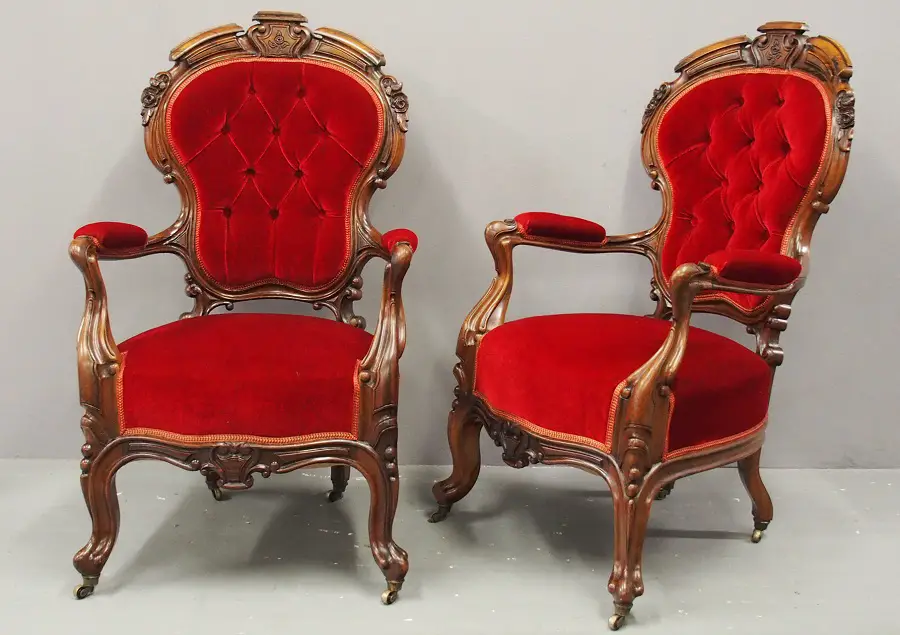
A period marked by the changes brought about by the industrial revolution that led to a democratisation of luxury
Queen Victoria's reign was characterised by an industrial boom that led to a growing middle class that became more prosperous and wanted to show off its new status. This desire was satisfied by the mass production of goods that had previously been made by renowned craftsmen only for the very rich. Mass production in factories made furniture cheaper and much more accessible. Although it was of very good quality, it was no longer prohibitively expensive, and those keen to show off their status by using special pieces of furniture could do so.
During this period, in 1828 to be precise, Samuel Pratt patented the spiral spring for use in upholstery, which led to changes in the appearance and quality of chairs. In order for the springs to fit the seats had to be reinforced and the seat lowered, made deeper for the springs to fit. As a result, the legs of the seats became shorter. It was also during this period that chairs with low or armless arms appeared, allowing ladies to sit their voluminous dresses much better.
Another means by which the new middle class could show its status was upholstery. Victorian furniture was dressed in heavy brocade, damask, velvet and embossing done in exquisite colours. On the backs of sofas and chairs, embossed patterns appeared fastened in place with buttons. The fabrics used were plain, in strong colours or with floral patterns that reproduced the wallpaper used for the walls.
The dominant feature of the era was industrial production, which reproduced successful designs without direct contact between master and client. Old luxury models were taken over and reproduced in several variants, with improvements or the addition of facilities. To compensate for the lack of custom furniture, Victorian pieces often included elaborate carvings, ornaments and ornaments.
With its rich ornamentation, round lines and mix of styles, Victorian furniture was a precursor to Art Nouveau and Arts and Crafts styles.
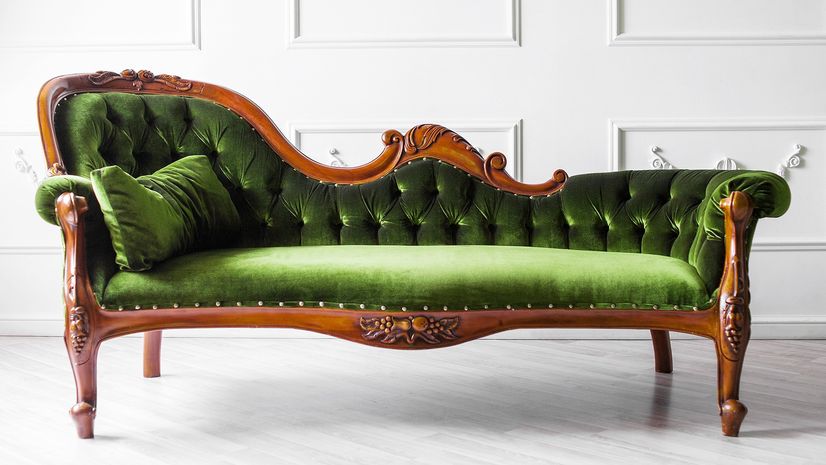
A style that took much of the richness of earlier styles
Victorian furniture is a mixture of elements that characterise the earlier luxurious styles favoured by the aristocracy. The new middle class appreciated rich forms, as opposed to simple lines that could not emphasise social status. The massive proportions of the Gothic style, with its dark coloured finishes, elaborate carving and rich ornamentation, exaggerated curves, lush upholstery and decorative carvings typical of the Renaissance and Rococo styles are all aspects we find in the Victorian style.
The influences of classical styles divided the Victorian style into several periods. In the first part, from 1930 to 1860, the dominant influences were from Gothic style. Roman and Greek influences can be seen in the design of the furniture and the main ornaments are pointed arches, towers, rosettes and shells. Influence rococo style was noted between 1840 and 1865. Furniture made during this period is elegant, graceful and light. Ornaments are represented by delicate leaves, cherubs, flowers, fruit, shells and mouldings. The revival that marked the period 1860-1890 followed. The furniture became much larger and highly ornate. Highly carved elements, turned or twisted legs, marble tops and sharp corners appeared.
An interesting period was after 1853, when Japan opened its borders. Many artists were inspired by the unique and interesting Japanese style. Despite the wealth of ornament of the time there were also those who loved the simplicity, purity of form and strong affinity with nature in Japanese art and tried to capture the Asian spirit in their creations.
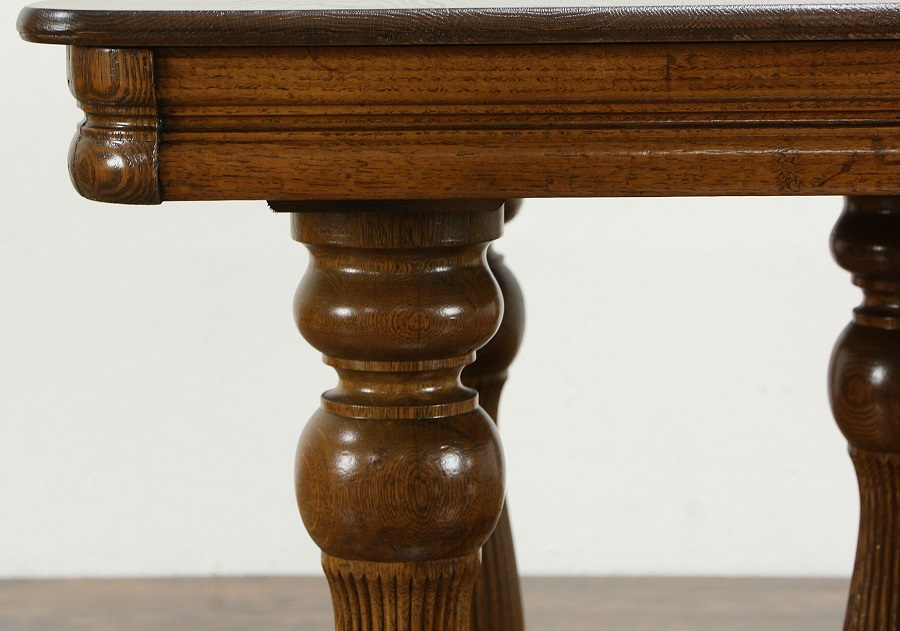
The species most used during this period were mahogany, palisander and nuculus. In the latter part of the period, when there was a slight tempering of the preference for opulent luxury, species such as oak tree and cherry, painted very dark so you could hardly tell what kind of wood it was. Walnut was usually used for smaller pieces such as small chests of drawers or coffee tables and mahogany for larger pieces such as cupboards, dining tables and bookcases. Sometimes, to increase their value, less valuable wooden pieces were veneered with mahogany veneer and decorated with walnut or rosewood. Tables often had marble tops.
The wood was darkly painted and often carved. The backs and arms of chairs and sofas were carved, as well as bed frames and cupboards. Vines, flowers, fruit, bows and ribbons, cherubs and cherubs were often used as ornaments and to increase the value, ornaments were sometimes gilded. Chair backs were often round and upholstered.
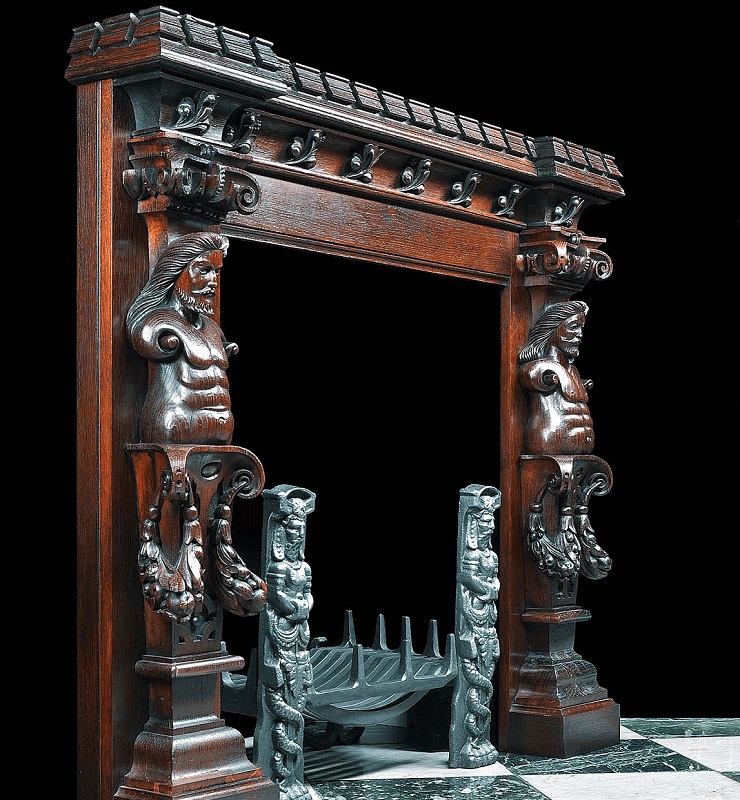
Despite the mix of elements, the Victorian style was a pleasing one. It wasn't restrictive and there were designs to suit everyone. It was the first style whose furniture was made in factories, becoming more affordable due to the lower price and greater supply. Victorian was the style from which elegant Art Nouveau stylebut also Art and Craft style, simpler and closer to nature.





















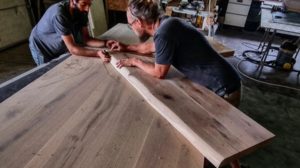





Add comment